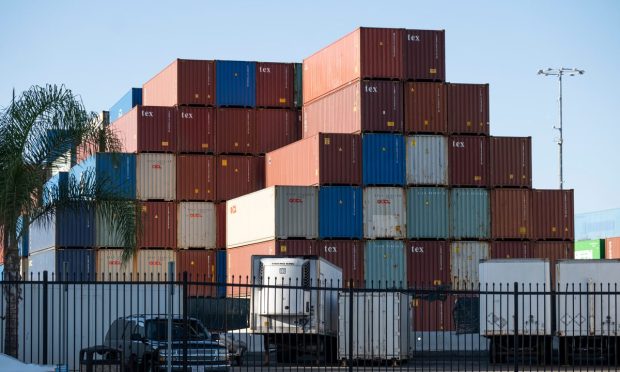California Reps to Newsome: Declare Supply Chain ‘Emergency’

A group of California congressional representatives want Gov. Gavin Newsom to declare a state of emergency to address the ongoing supply chain crisis.
As Freight Waves reported Thursday (Nov. 18), the eight U.S. representatives, all Republicans, say that while President Joe Biden’s recent call for 24/7 operations at the state’s ports is “a step in the right direction,” there are still hundreds of ships still waiting to be unloaded at the busy ports of Long Beach and Los Angeles.
“These containers are full of essential goods like medical supplies, auto parts, and other basic everyday necessities,” the letter says.
“We are still faced with a massive crisis, with no sign of slowing. As Members of Congress, representing millions of Californians, we urge you to declare a State of Emergency at our ports and across the goods transportation and storage distribution chain.”
Read more: Supply Chain Woes Keep Coming as Average Wait Time Nears 17 Days
As reported earlier this week, container ships are still having trouble getting to ports on time, with the average wait time in Los Angeles and Long Beach at nearly 17 days.
The backup was present at anchor and in a holding zone, with efforts to clear it unsuccessful. As of late Friday, the queue was at 83 ships, compared to 81, the previous high from earlier in the same week.
What’s to be done? According to the eight representatives, Newsom can suspend or eliminate rules they say are preventing cargo containers from leaving ports. One of these is AB5, a state law restricting carriers from using independent contractors (and which is under review by the Supreme Court).
“Without enough truckers to come and unload, this cargo will continue to sit on these ships, just waiting to be delivered,” the letter said.
Testifying in Washington earlier this week, Mario Cordero, executive director, Port of Long Beach, said he’s seen a noticeable improvement in the situation.
“Within a very short period, we’ve been able to address the loaded imports that have been at the container yards for more than nine days, and reduce that amount by almost 30%,” he said. “That creates more capacity at our terminals.”